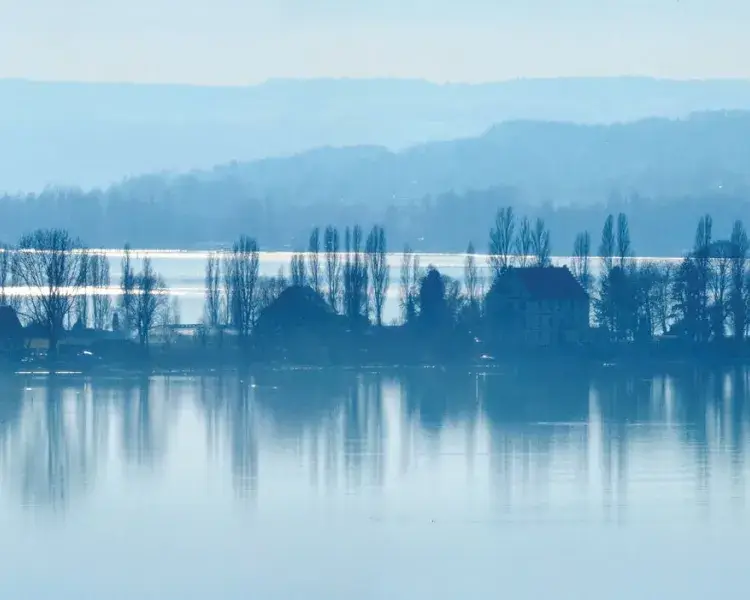Reichenau Island
Since 2000, the largest island in Lake Constance has been a UNESCO World Heritage Site. The Benedictine Order built three precious churches on Reichenau between the 9th and 12th centuries. They are still of inestimable value today. Founded in 724, the monastery is one of the most important of the Carolingian period. Favoured by the climate, the island also provides many vegetable farmers and winegrowers with rich harvests. In addition, large parts of the Reichenau are under nature conservation: the reed beds on both sides of the striking poplar-lined dam are a refuge for tens of thousands of water birds.
Herb garden of the monastery
In the 9th century, Abbot Walahfrid Strabo created Europe's first gardening guidebook with his work "De cultura hortorum". "His" herb garden is currently being redesigned and should be open to the public again in 2024. All 24 plant species that he described in his didactic poem grow in it.
Romanesque churches
Every place on the Reichenau has its own church. The minster in Mittelzell was formerly the abbey church of the Benedictine monastery and is the largest of the three churches. The famous Ottonian wall paintings of St. George in Oberzell are particularly worth seeing. But the church of St. Peter and Paul in Niederzell, redesigned in rococo style, is also worth a visit.
Hochwart vantage point
From the highest point on the island (40 metres above the water level) you can enjoy a great panoramic view of the Untersee. Not only can you see the churches, vineyards and vegetable fields of Reichenau, but on a clear day you can also see the Swiss lakeshore, the Alps, Constance and the Wollmatinger Ried as well as the Höri peninsula. A wooden teahouse built in 1839 on the top of the Hochwart invites you to linger.
Our tip: Go around the island in a boat - it's worth it!
Gemeinde Reichenau
78479 Reichenau
Learn more about the Reichenau Island.
